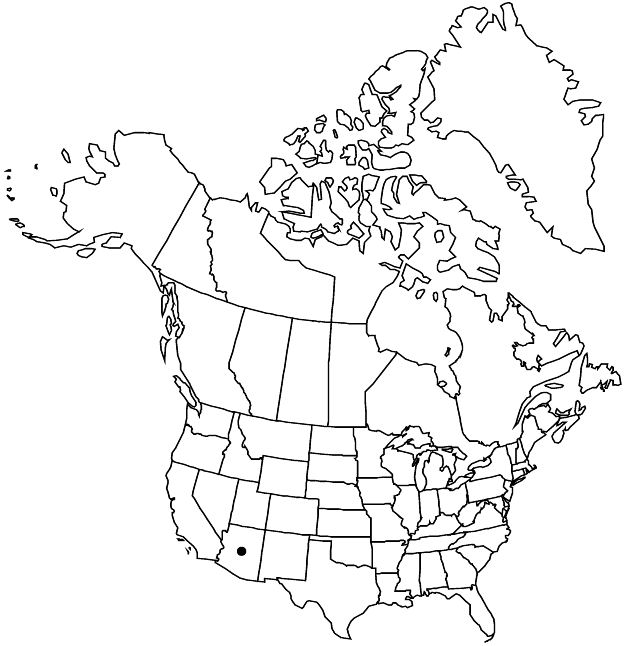Difference between revisions of "Potentilla arizonica"
Pittonia 1: 104. 1887. not Potentilla pinnatifida C. Presl 1822
FNA>Volume Importer |
imported>Volume Importer |
||
| (One intermediate revision by the same user not shown) | |||
| Line 6: | Line 6: | ||
|place=1: 104. 1887 | |place=1: 104. 1887 | ||
|year=1887 | |year=1887 | ||
| + | |other_info_on_pub=not Potentilla pinnatifida C. Presl 1822 | ||
}} | }} | ||
|common_names=Garland Prairie cinquefoil | |common_names=Garland Prairie cinquefoil | ||
| Line 61: | Line 62: | ||
|publication year=1887 | |publication year=1887 | ||
|special status=Conservation concern;Endemic | |special status=Conservation concern;Endemic | ||
| − | |source xml=https:// | + | |source xml=https://bitbucket.org/aafc-mbb/fna-data-curation/src/2e0870ddd59836b60bcf96646a41e87ea5a5943a/coarse_grained_fna_xml/V9/V9_245.xml |
|subfamily=Rosaceae subfam. Rosoideae | |subfamily=Rosaceae subfam. Rosoideae | ||
|tribe=Rosaceae tribe Potentilleae | |tribe=Rosaceae tribe Potentilleae | ||
Latest revision as of 22:55, 5 November 2020
Plants rosetted to tufted; taproots ± fleshy-thickened. Stems decumbent to ascending, sometimes prostrate, 0.6–2.2 dm, lengths 1.5–3 times basal leaves. Basal leaves pinnate with distal leaflets ± distinct, 4–10 × 1–2(–3) cm; petiole 1–3 cm, straight hairs dense, ± appressed, 1–2 mm, stiff, cottony hairs absent, glands absent or sparse; primary lateral leaflets 5–7(–9) per side (sometimes with additional interspersed leaflets), on distal (1/2–)2/3–3/4 of leaf axis, ± overlapping, largest ones oblanceolate- to obovate-oblong, 0.5–1.5 × 0.4–0.8 cm, distal 3/4 to whole margin pinnately incised nearly to midvein, teeth (5–)7–9, linear-oblanceolate, 2–6 × 0.5–1 mm, apical tufts 1 mm, surfaces grayish green, straight hairs sparse (adaxially) to common, ± appressed, 1–2 mm, stiff, cottony hairs absent, glands absent or obscured. Cauline leaves (1–)2–3(–4). Inflorescences 3–15-flowered, ± compactly cymose, opening in fruit. Pedicels 0.7–2(–2.5) cm, straight in fruit. Flowers: epicalyx bractlets narrowly elliptic, sometimes doubled, 2–3.5 × 1–1.5 mm; hypanthium 3–4 mm diam.; sepals 4–6 mm, apex ± acute; petals 4–5(–6) × 3–4(–5.5) mm; filaments 1–2 mm, anthers 1–1.5 mm, often as long as filaments; carpels 8–20, styles 2 mm. Achenes 1.8 mm, ± smooth, not carunculate.
Phenology: Flowering late spring–early summer.
Habitat: Vernally wet clay of rocky basaltic meadows, openings in pine woodlands
Elevation: 1900–2100 m
Discussion
Of conservation concern.
Potentilla arizonica is known only from the Garland Prairie area in Coconino County. Although commonly included within P. plattensis (for example, N. H. Holmgren 1997b; B. C. Johnston 1980; T. H. Kearney and R. H. Peebles 1951), P. arizonica differs in its longer hairs, more erect habit, more condensed inflorescences, pedicels that remain straight in fruit, and significantly larger anthers.
Selected References
None.
